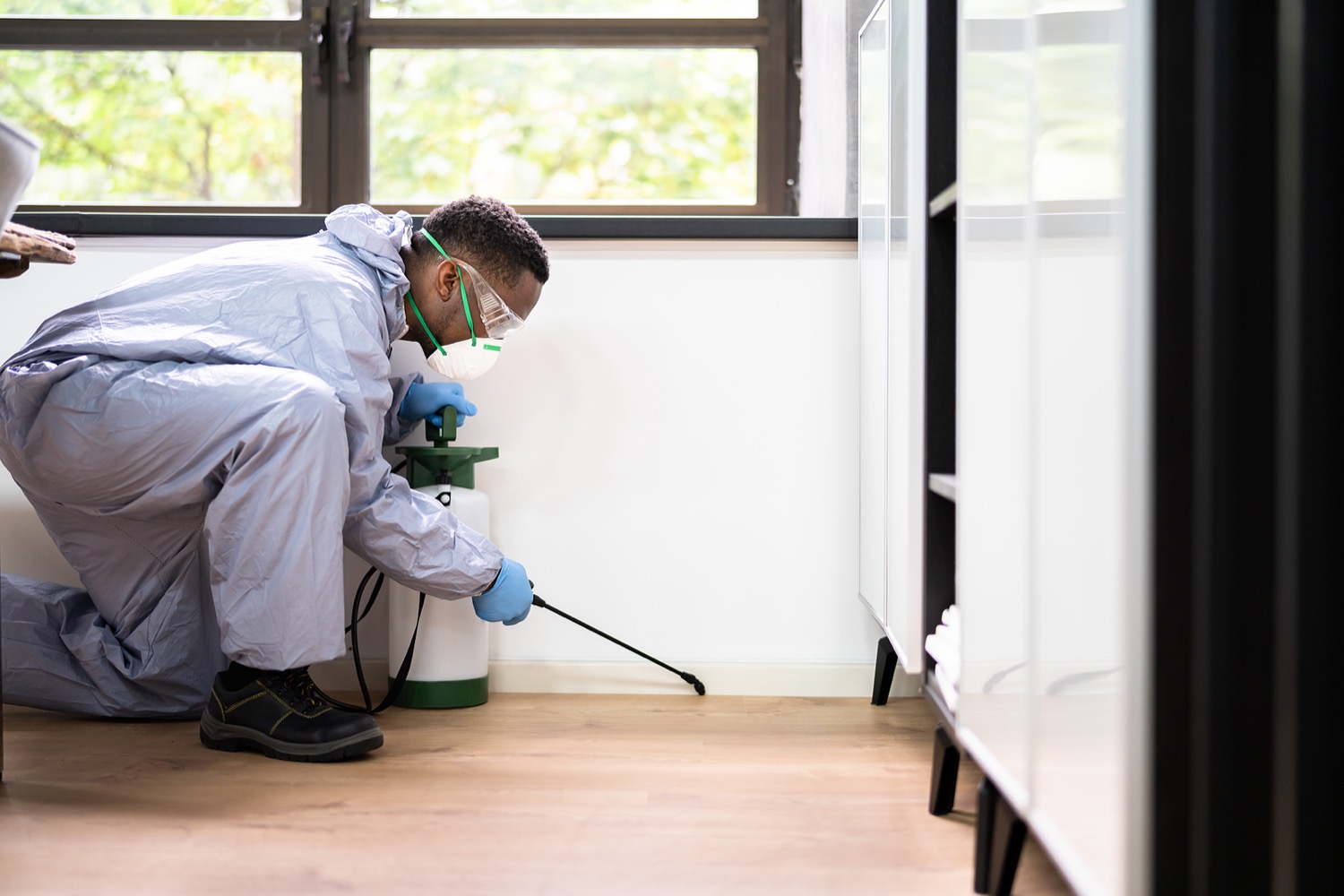A1 Pest Control Charlotte NC Bed Bugs - Specialist Extermination Services
A1 Pest Control Charlotte NC Bed Bugs - Specialist Extermination Services
Blog Article
Bed Insect Therapy Malfunction: Comparing Chemical Vs. Non-Chemical Solutions
In the world of parasite control, particularly when handling the relentless issue of bed pests, the option in between chemical and non-chemical therapy solutions can be a pivotal one. Both techniques use distinctive advantages and disadvantages, affecting elements such as effectiveness, safety and security factors to consider, and general price. By analyzing the nuanced details of each method, a clearer understanding of which path to seek in resolving a bed insect infestation can be acquired.
Efficiency of Chemical Treatments
Chemical therapies for bed bug problems have actually been commonly acknowledged for their potent and fast efficacy in eliminating these insects. When thinking about the efficiency of chemical therapies, it is crucial to comprehend that they can offer a fast and detailed option to a bed bug problem. Professional pest control specialists typically rely upon pesticides to target bed bugs at numerous phases of their life process, including eggs, nymphs, and grownups. These chemicals normally work by disrupting the bed bugs' worried system, causing paralysis and ultimate fatality.
Moreover, chemical therapies have the benefit of using recurring results, suggesting that they can proceed to eliminate bed bugs also after the preliminary application. This recurring action is particularly valuable in combating any kind of prospective re-infestations. Furthermore, the fast action of chemical treatments can bring relief to individuals encountering severe bed bug invasions, enabling them to restore control of their living rooms promptly.
Safety Worry About Chemical Solutions
One critical facet that requires cautious factor to consider when using chemical solutions for bed pest treatment is guaranteeing the security of occupants and the atmosphere. While chemical therapies can be reliable in removing bed bugs, they might posture threats if not handled correctly. One of the primary safety and security interest in chemical solutions is the potential damage they can cause to human health. Direct exposure to certain chemicals utilized in bed bug therapies can cause breathing issues, skin irritability, or other adverse reactions, particularly in people with pre-existing problems or level of sensitivities. In addition, inappropriate application or dose of chemical pesticides can result in toxic deposits remaining in the treated location, posturing long-lasting wellness dangers to passengers.
Additionally, the environmental impact of chemical options is one more considerable consideration. Some chemicals made use of in bed bug therapies might be dangerous to valuable insects, wild animals, and ecosystems if they seep right into the dirt or water systems. It is essential to use chemical therapies deliberately, complying with safety and security standards, and taking into consideration much less poisonous choices to minimize these dangers and ensure the reliable and safe administration of bed pest problems.
Benefits of Non-Chemical Approaches
Considering the possible safety and security problems and environmental impact connected with chemical services for bed insect therapy, checking out non-chemical approaches provides a promising alternative with a number of unique advantages. Non-chemical methods use a safer choice for homes, specifically those with youngsters, family pets, or individuals conscious extreme chemicals. These approaches eliminate the risks of exposure to toxic compounds, lowering the potential for adverse wellness impacts. Moreover, non-chemical therapies are eco-friendly, as they do not add to air or water pollution, making them a lasting option for bug control.
In addition, non-chemical services can be reliable in targeting bed pests, consisting of hard-to-reach areas where chemical treatments may not permeate - A1 charlotte pest control companies. linked here Techniques such as warmth treatment, vacuuming, heavy steam cleansing, and mattress encasements offer thorough elimination without the usage of dangerous chemicals.
Limitations of Non-Chemical Treatments

Furthermore, non-chemical therapies typically call for multiple applications to achieve successful removal. This can be time-consuming and might not always ensure total removal of all bed insects and their eggs, especially in hard-to-reach or hidden locations.
In addition, the success of non-chemical therapies greatly depends on correct implementation and thoroughness, which can be testing for people without expert know-how. Inadequate application of non-chemical techniques might lead to incomplete removal, bring about consistent problems and the need for added therapies.
Consequently, while non-chemical therapies have their benefits, it is vital to acknowledge these constraints and consider them when establishing the most effective More Bonuses strategy for managing bed pest problems.
Price Comparison: Chemical Vs. Non-Chemical Options
Given the constraints associated with non-chemical therapies, an important element to evaluate in the context of bed bug management is the expense comparison between chemical and non-chemical choices. In comparison, non-chemical treatments like heat treatment or steam can be much more expensive, with costs ranging from $1,000 to $6,000 for a whole home. While the preliminary price of chemical treatments might seem reduced, several treatments might be needed to totally eradicate the problem, possibly enhancing the overall expense.
Conclusion

Taking into consideration the possible security worries and environmental impact linked with chemical options for bed pest therapy, exploring non-chemical methods provides an appealing choice with numerous distinct advantages.Given the constraints linked with non-chemical treatments, a vital aspect to examine in the context of bed pest administration is the expense comparison between chemical and non-chemical choices. In comparison, non-chemical therapies like warmth treatment or vapor can be much more expensive, with costs varying from $1,000 to $6,000 for an entire home. While the initial price of chemical treatments might appear lower, multiple treatments may be called for to totally get rid of the infestation, possibly increasing the total price.In final thought, when contrasting chemical and non-chemical bed insect treatment alternatives, it is crucial to take into consideration performance, safety and security, advantages, restrictions, and expense.
Report this page